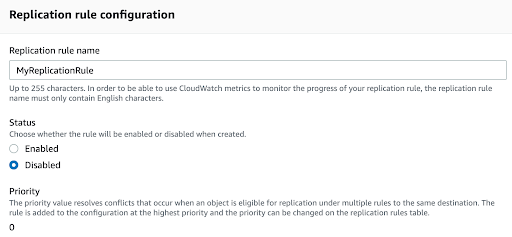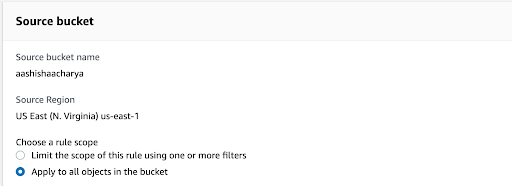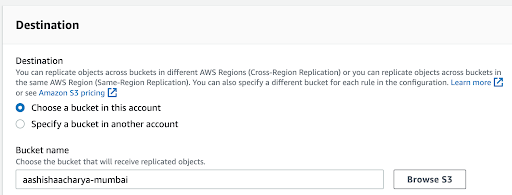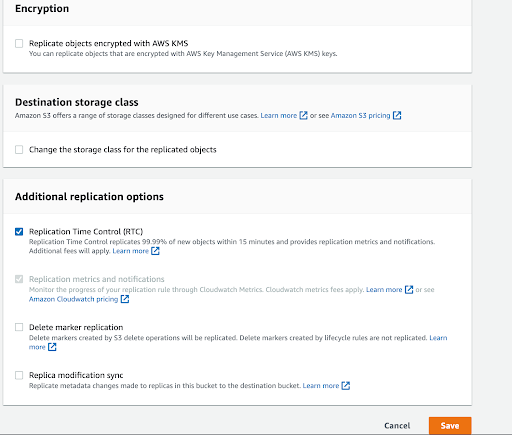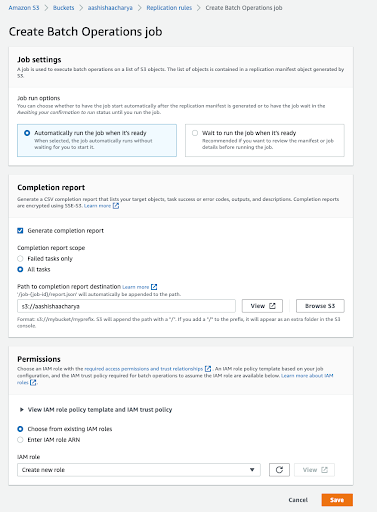In the previous part of the five parts series, we discussed how we can achieve data integrity using Amazon S3 features. In this series, we will walk you through how to enable Amazon S3 cross-region/account replication to achieve data immutability to keep it remote and secure, segregate access, ensure compliance, as well as increase performance by minimizing latency to increase operational efficiency.
Amazon S3 replication
Replication enables automatic and asynchronous copying of objects across Amazon S3 buckets, owned by the same AWS region/account or by different regions/accounts, and to a single or multiple destination bucket/s. Some of the use cases for replication are for data compliance requirements, minimizing latency, or increasing operational efficiency.
To create a replication rule, go to the Amazon S3 console, and select the S3 bucket (note that replication requires versioning to be enabled for both the source and destination buckets). Under the “Properties” tab of the S3 bucket, edit the “Bucket Versioning” field.





